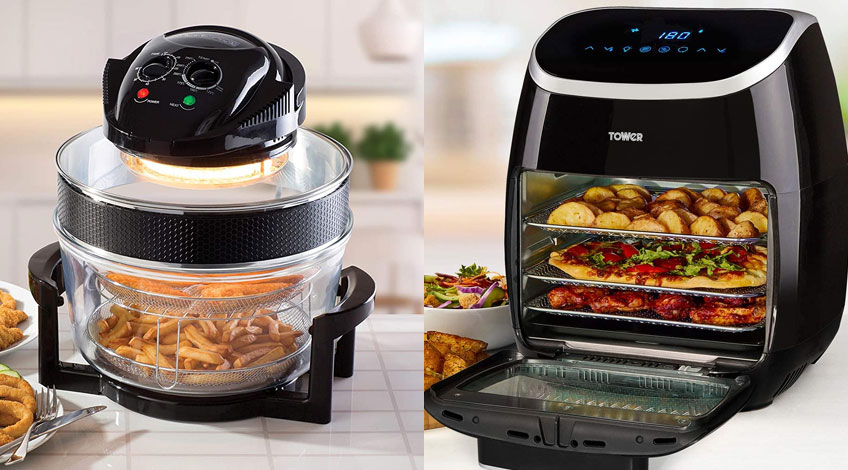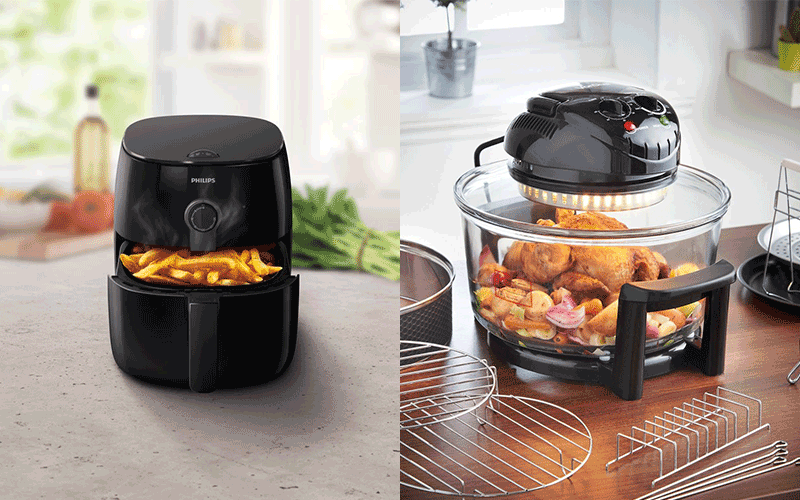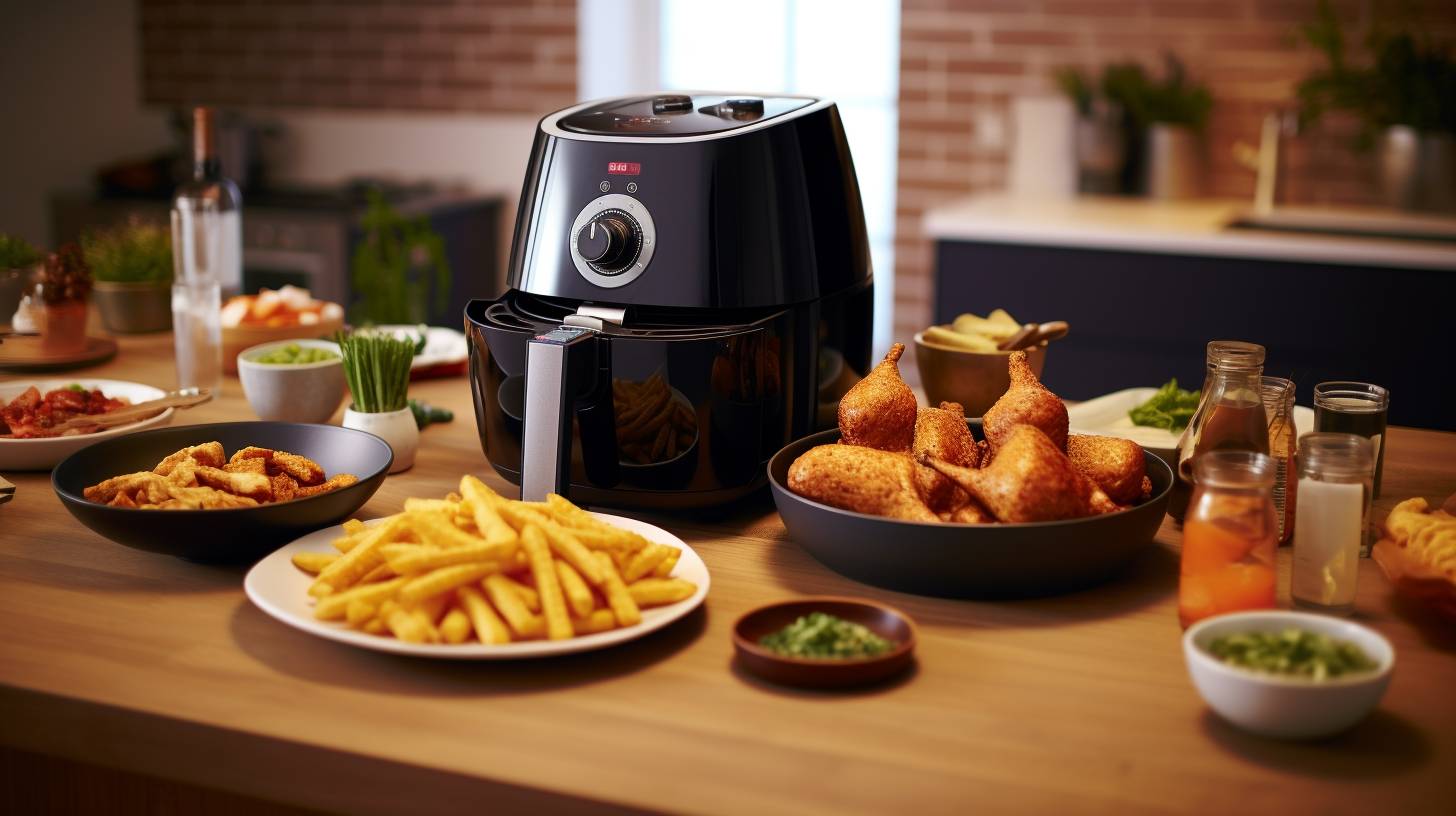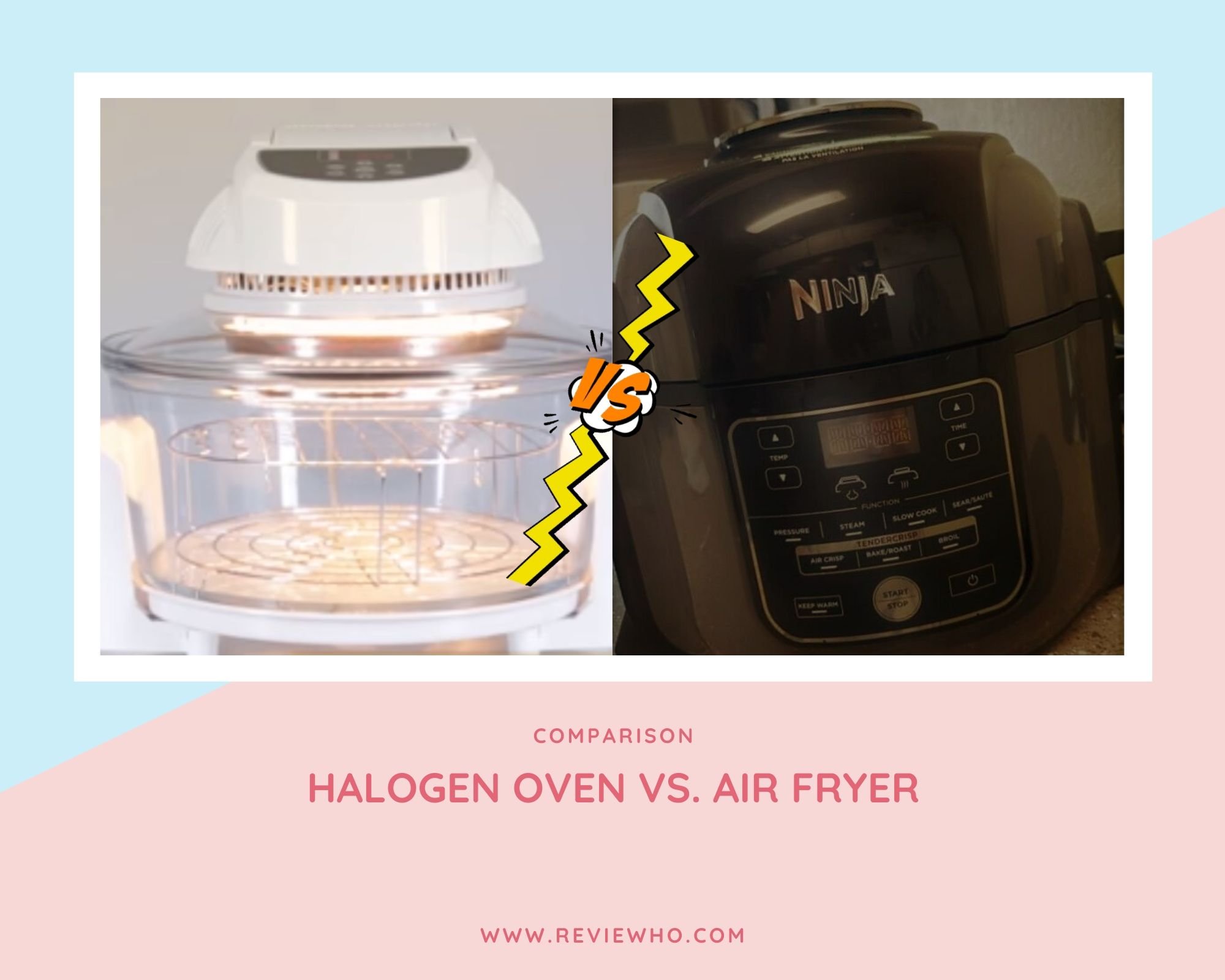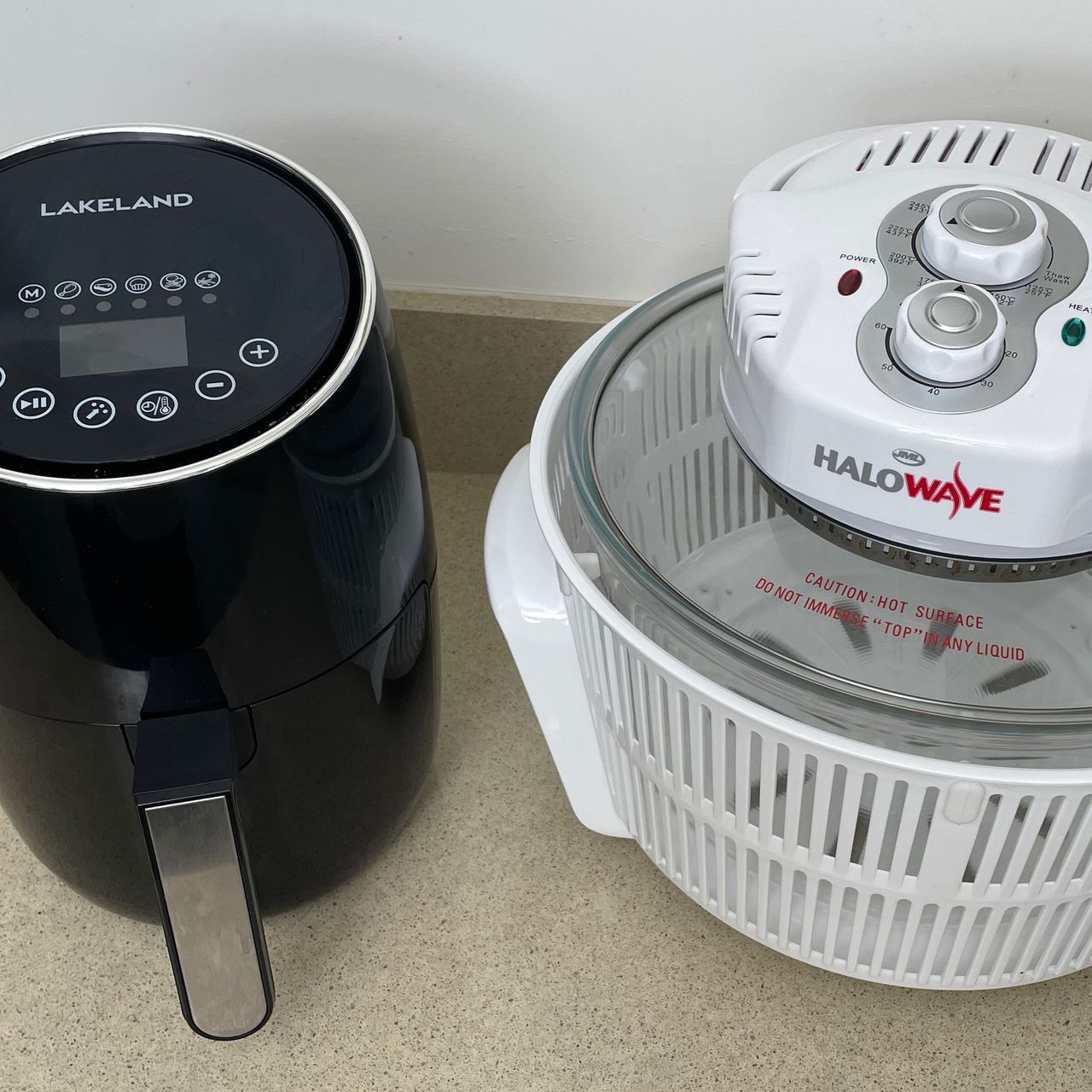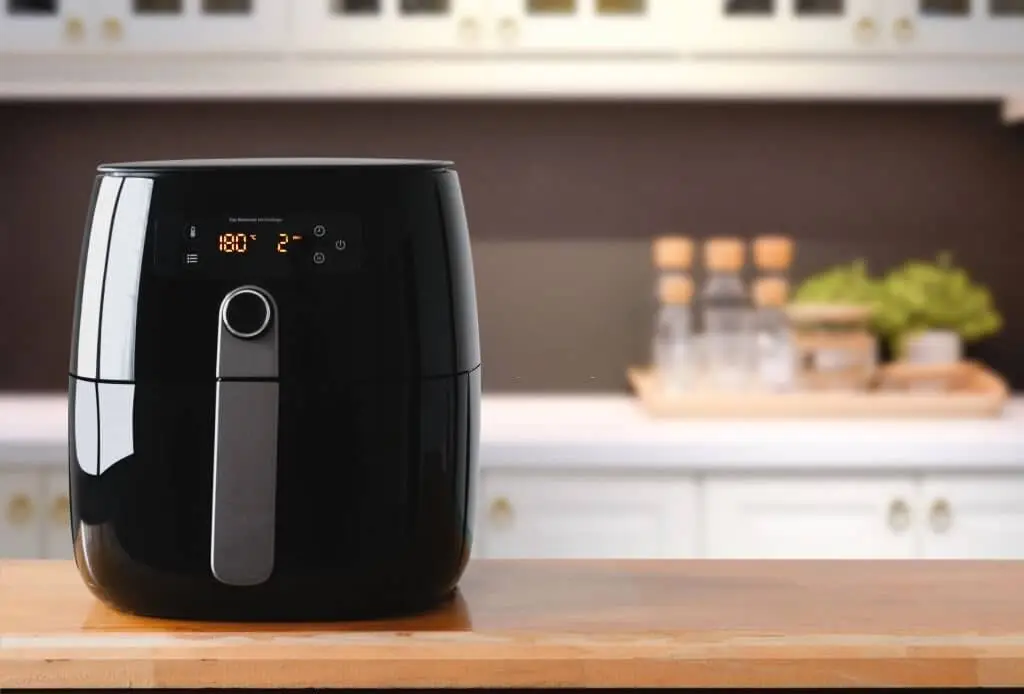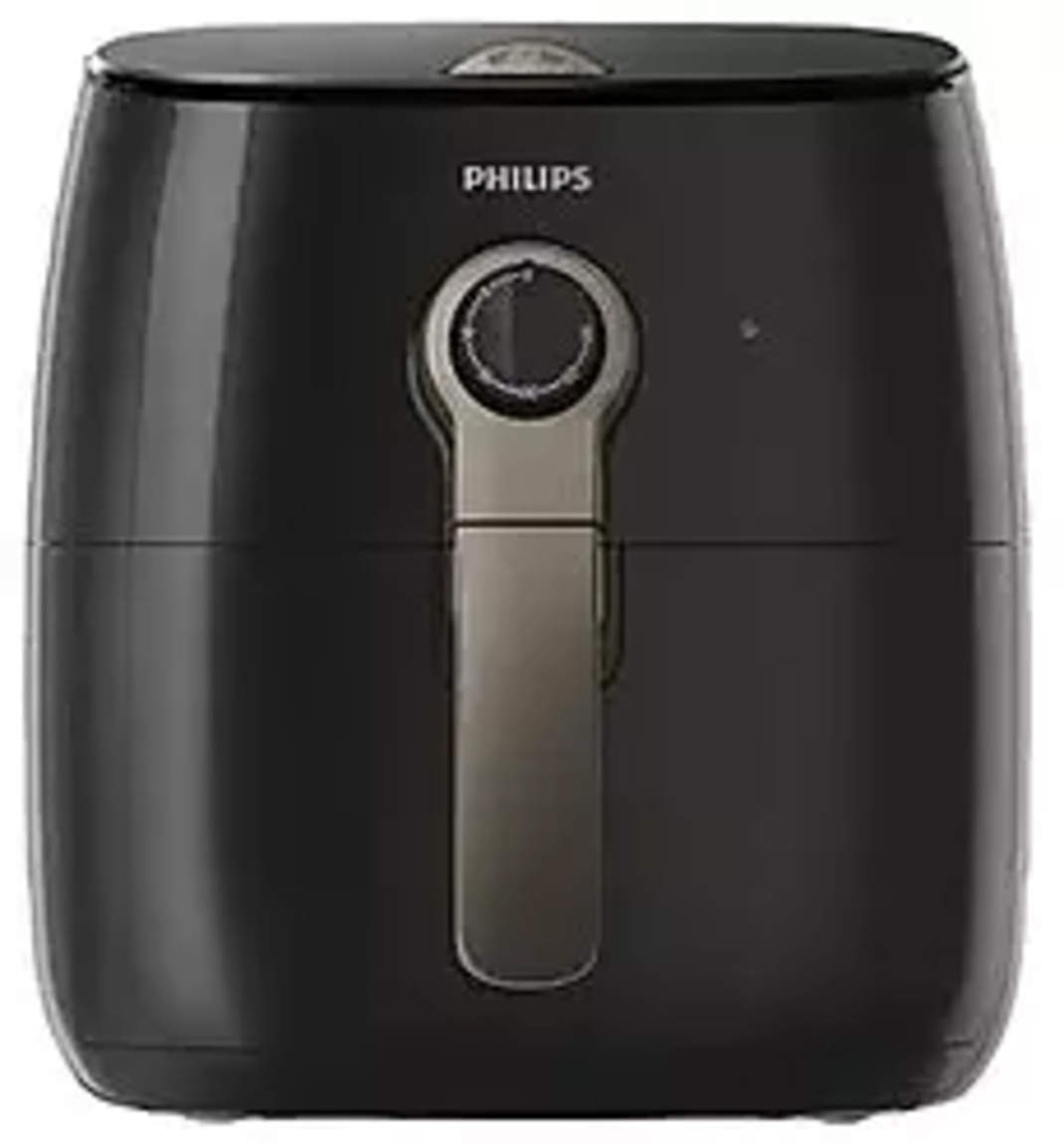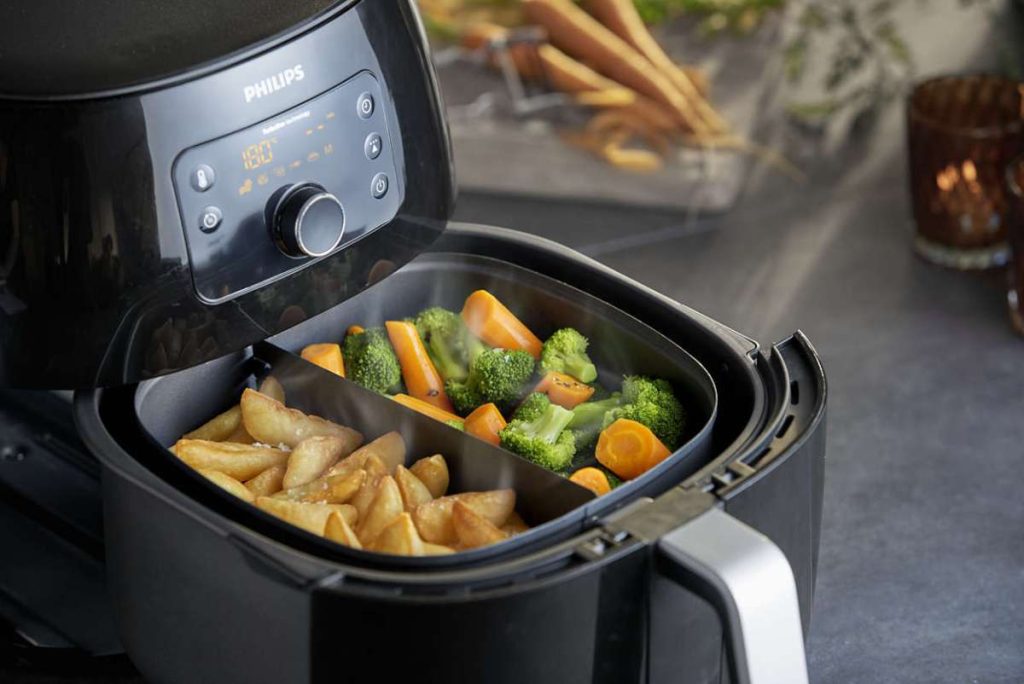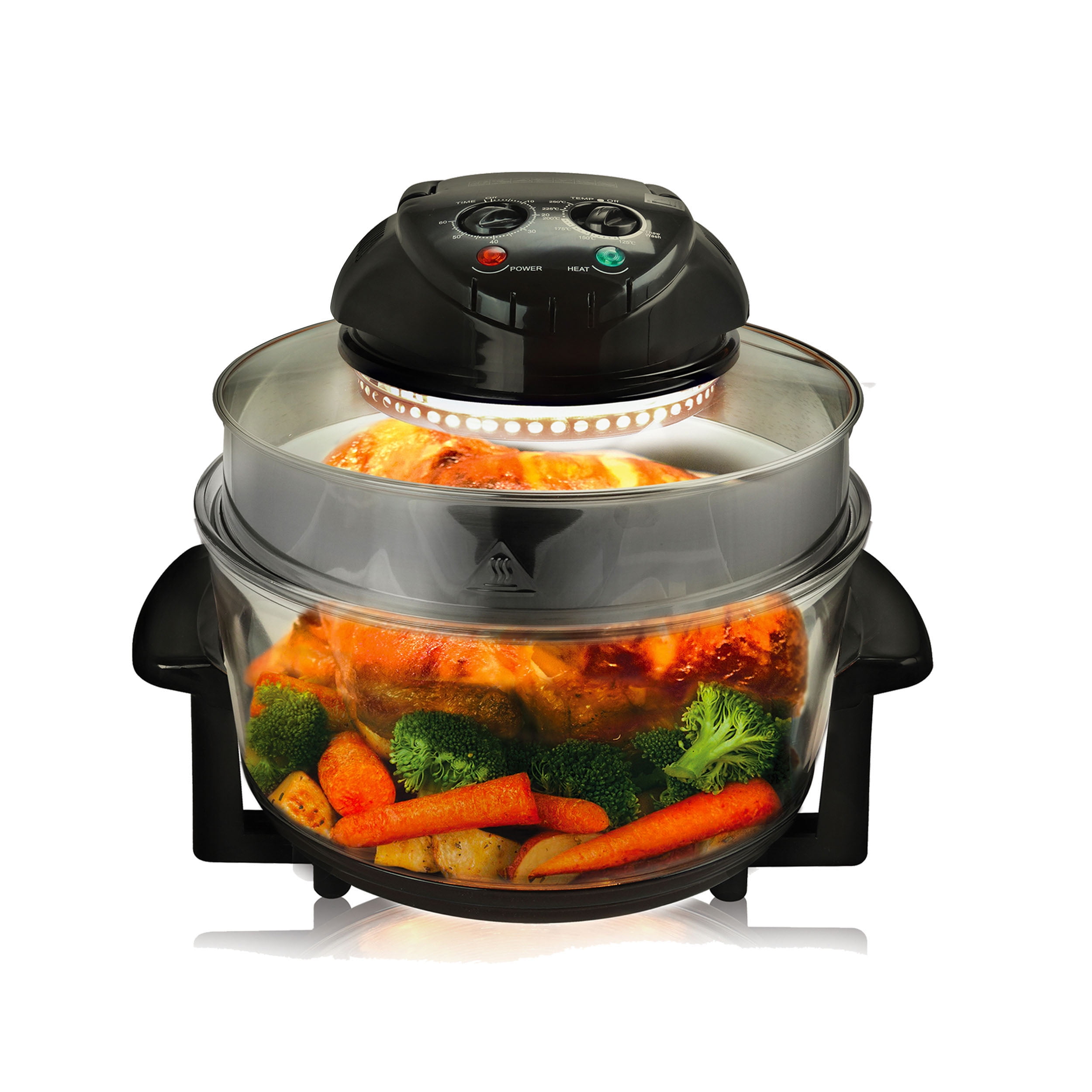Usha Halogen Oven Vs Philips Airfryer
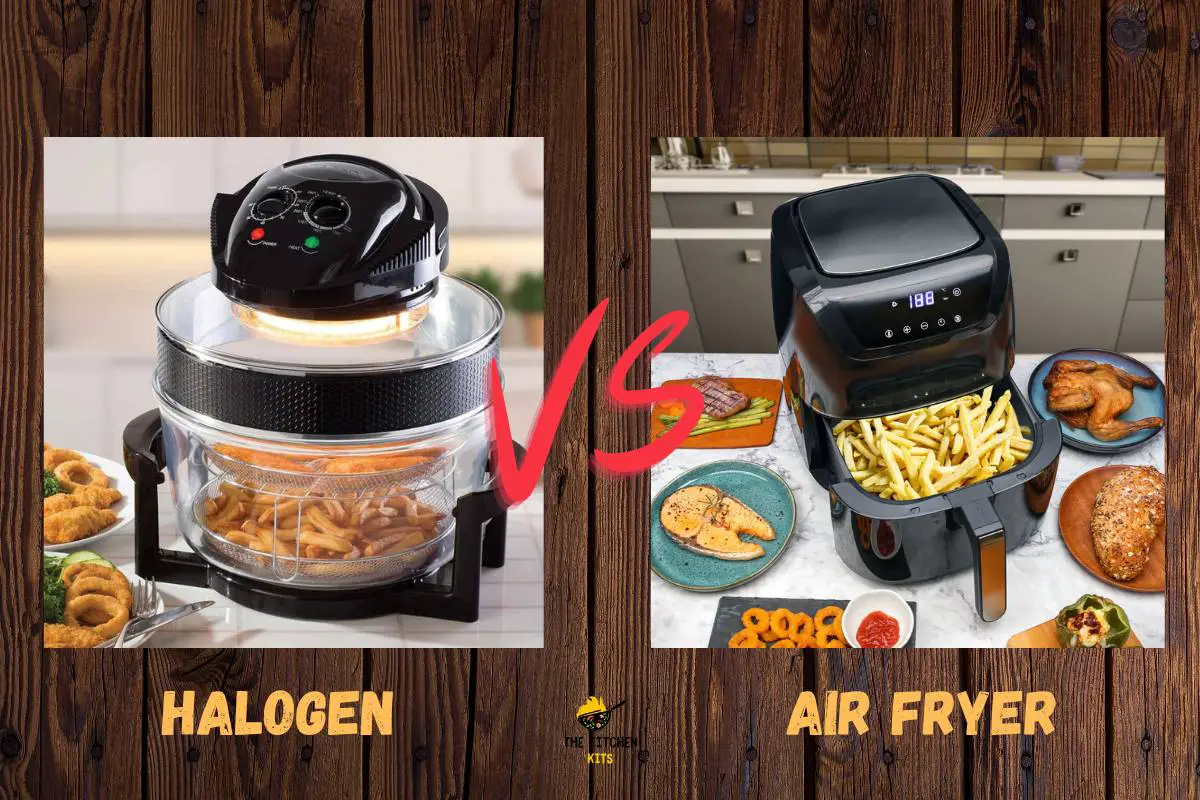
The quest for healthier and more efficient cooking methods has led many consumers to consider alternatives to traditional ovens. Two popular contenders in this arena are the Usha Halogen Oven and the Philips Airfryer. Both promise healthier meals in less time, but how do they truly stack up against each other?
This article dives into a comparative analysis of these two kitchen appliances, examining their technologies, performance, features, and cost-effectiveness. We aim to provide potential buyers with a comprehensive overview to make an informed decision. Understanding the nuances of each appliance will help consumers choose the best option for their individual needs and cooking styles.
Technology and Functionality
The Usha Halogen Oven utilizes halogen lamps to generate heat. This heat is then circulated by a fan, cooking food through a combination of convection and radiation.
The Philips Airfryer, on the other hand, employs Rapid Air technology. This circulates hot air at high speeds to cook food, simulating the effects of deep-frying with significantly less oil.
The difference in technology leads to varied cooking outcomes. Halogen ovens often cook food more evenly due to the broader radiation, while airfryers excel at creating crispy textures.
Performance and Cooking Results
User reviews and independent tests indicate that both appliances are effective at cooking a range of foods. The Usha Halogen Oven is praised for its ability to cook large portions and its suitability for roasting meats and baking cakes.
The Philips Airfryer shines in its ability to quickly cook frozen snacks, French fries, and other traditionally fried foods with a reduced fat content. It also preheats and cooks faster than most conventional ovens, offering significant time savings.
However, some users report that the halogen oven can sometimes dry out food if not carefully monitored. Airfryers may require some experimentation to achieve optimal results, as cooking times can vary depending on the model and food type.
Features and Design
The Usha Halogen Oven typically features a glass bowl, a timer, and temperature controls. Many models also include accessories like extension rings to accommodate larger items.
Philips Airfryers often boast digital displays, preset cooking programs, and dishwasher-safe components. Some higher-end models also offer smart features, allowing users to control the appliance via a smartphone app.
The glass bowl of the halogen oven allows for easy monitoring of the cooking process. Airfryers, with their closed design, may require users to periodically check on the food's progress.
Cost and Value
Generally, Usha Halogen Ovens tend to be more budget-friendly than Philips Airfryers. This makes them an attractive option for those seeking an affordable alternative to a conventional oven.
Philips Airfryers, while more expensive, offer advanced features and a reputation for durability. Their higher price point may be justified by their long-term performance and convenience.
Consider long-term value, including energy consumption and potential savings on cooking oil, when assessing the overall cost-effectiveness of each appliance. Several reports suggest that air fryers can significantly reduce oil consumption, leading to cost savings over time.
Impact on Health and Lifestyle
Both the Usha Halogen Oven and the Philips Airfryer promote healthier cooking. They achieve this by reducing the need for excessive amounts of oil.
The airfryer, in particular, is marketed as a healthier alternative to deep-frying, reducing fat content in foods like French fries and chicken wings by up to 75%, according to Philips' official statements.
Furthermore, these appliances offer convenience for busy individuals and families. Their quick cooking times and ease of use can simplify meal preparation.
Conclusion
Choosing between the Usha Halogen Oven and the Philips Airfryer ultimately depends on individual priorities and cooking preferences. If budget is a primary concern and the ability to cook large portions is essential, the Usha Halogen Oven may be the better choice.
However, if speed, advanced features, and a focus on reduced-fat cooking are paramount, the Philips Airfryer offers a compelling alternative. Both appliances provide a healthier and more convenient cooking experience than traditional methods.
Before making a purchase, it's advisable to read user reviews, compare specific models, and consider personal cooking habits to ensure the chosen appliance aligns with your needs. Ultimately, either appliance can be a valuable addition to any kitchen.
